 For brewers who want to start treating their water appropriately, but don’t want to wade through the requisite chemistry, here’s the second in my series of simple water guides. Today’s post is a quick guide to generating brewing liquor for dark beers, starting with distilled water as the base. I’ll discuss beers ranging in color from 30 to 40 SRM — porters, stouts, and the like.
For brewers who want to start treating their water appropriately, but don’t want to wade through the requisite chemistry, here’s the second in my series of simple water guides. Today’s post is a quick guide to generating brewing liquor for dark beers, starting with distilled water as the base. I’ll discuss beers ranging in color from 30 to 40 SRM — porters, stouts, and the like.
I will post the remaining two water guides — for brown beers (20–30 SRM) and pale beers (0–10 SRM) — soon. I’ve skipped to dark beers because of an interesting quirk to making brewing liquor for dark beers. [Read more…]
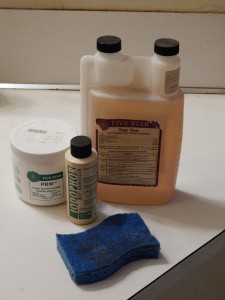
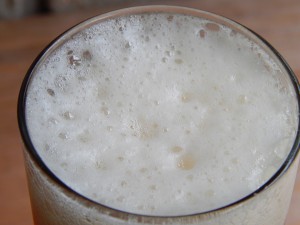
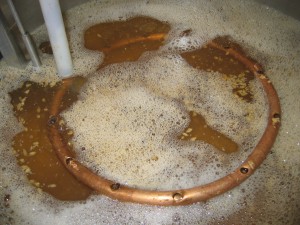
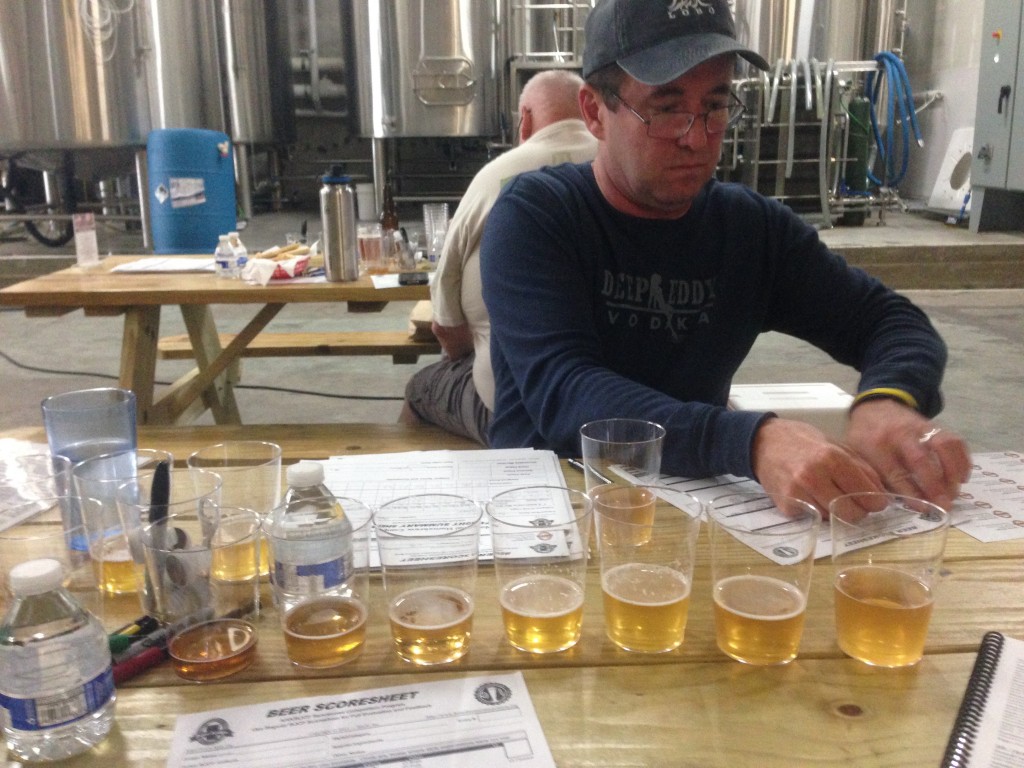
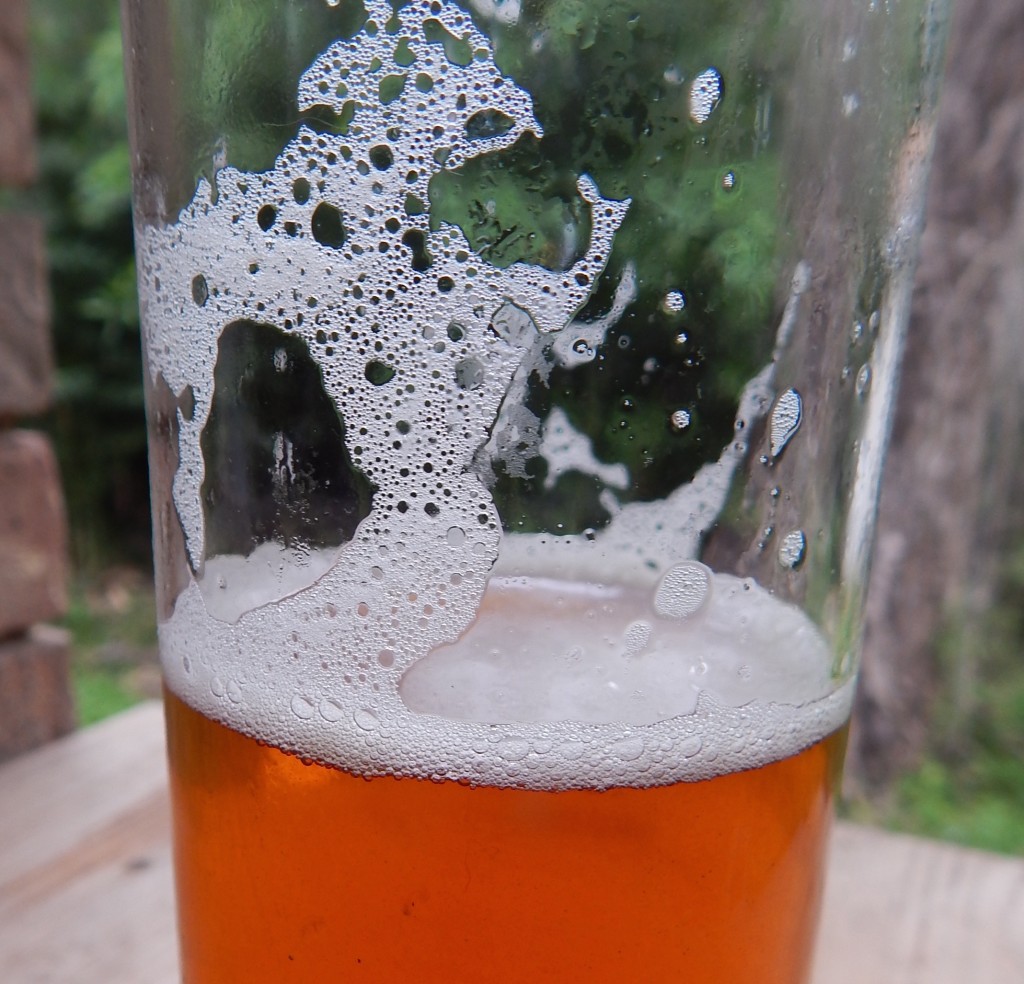



Recent Comments